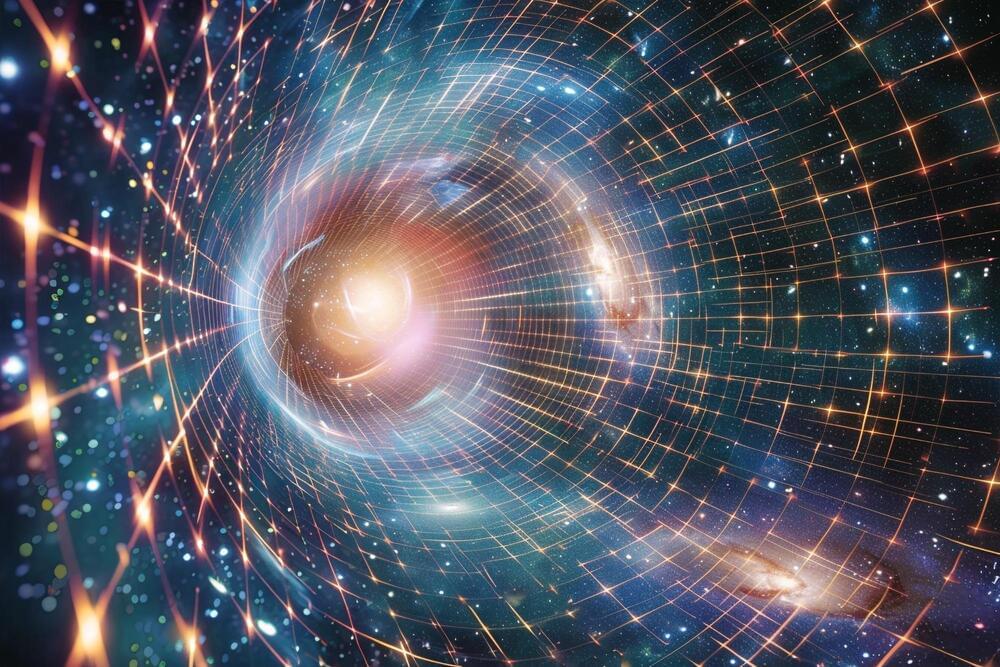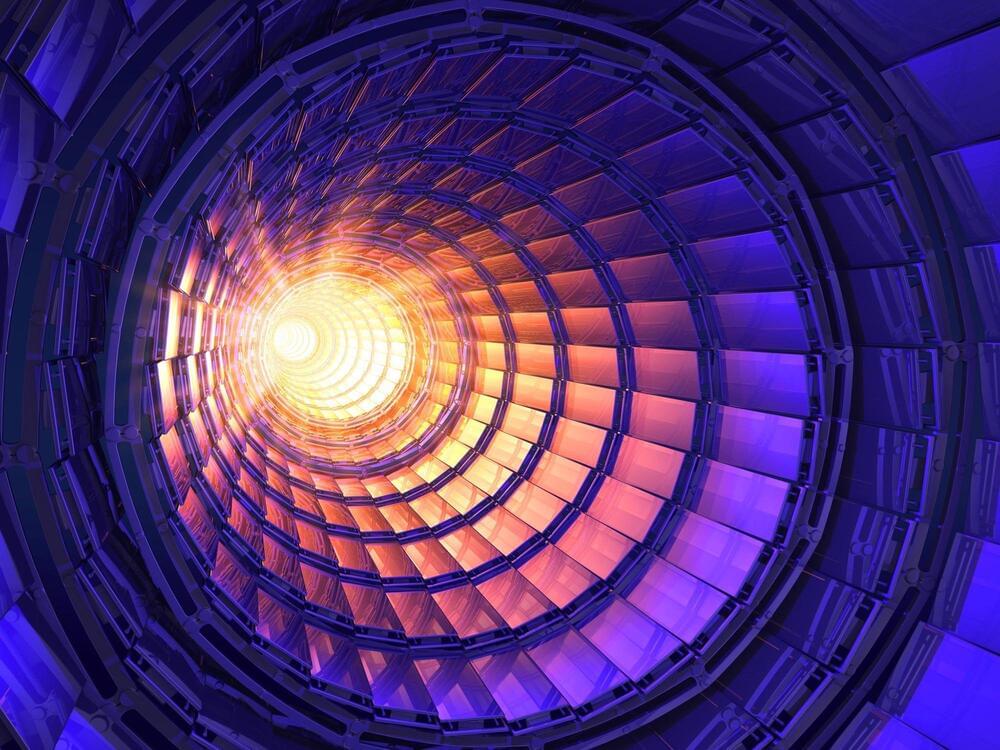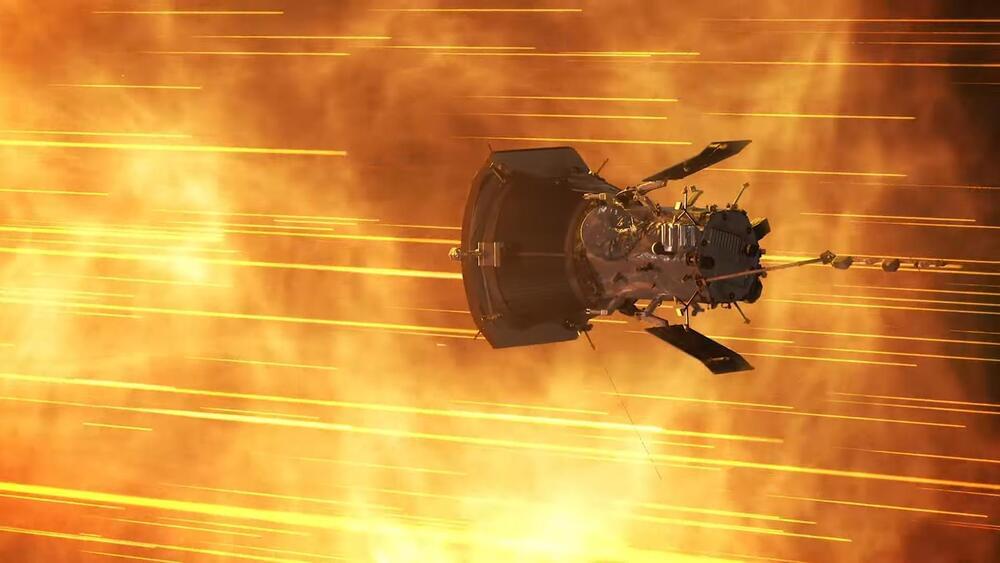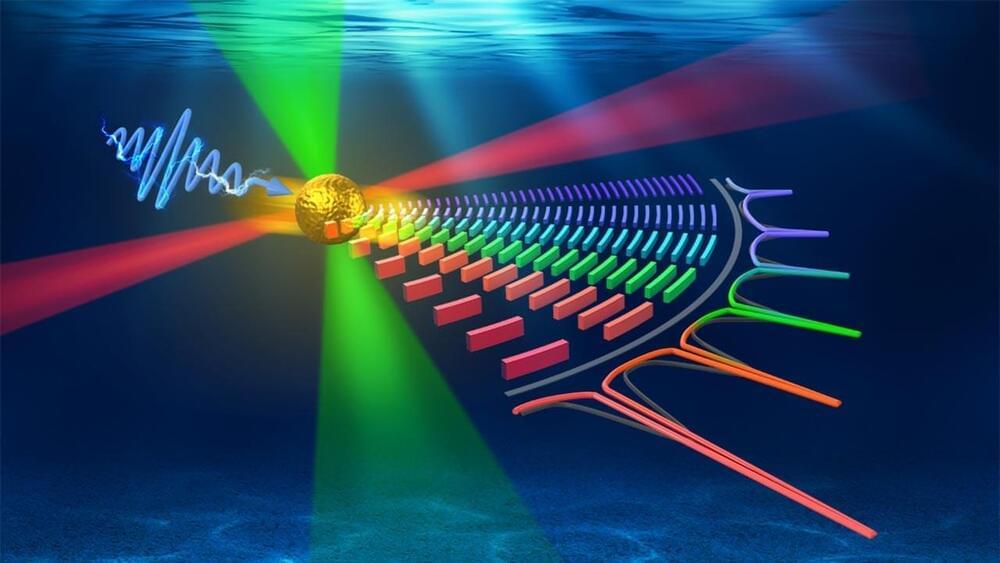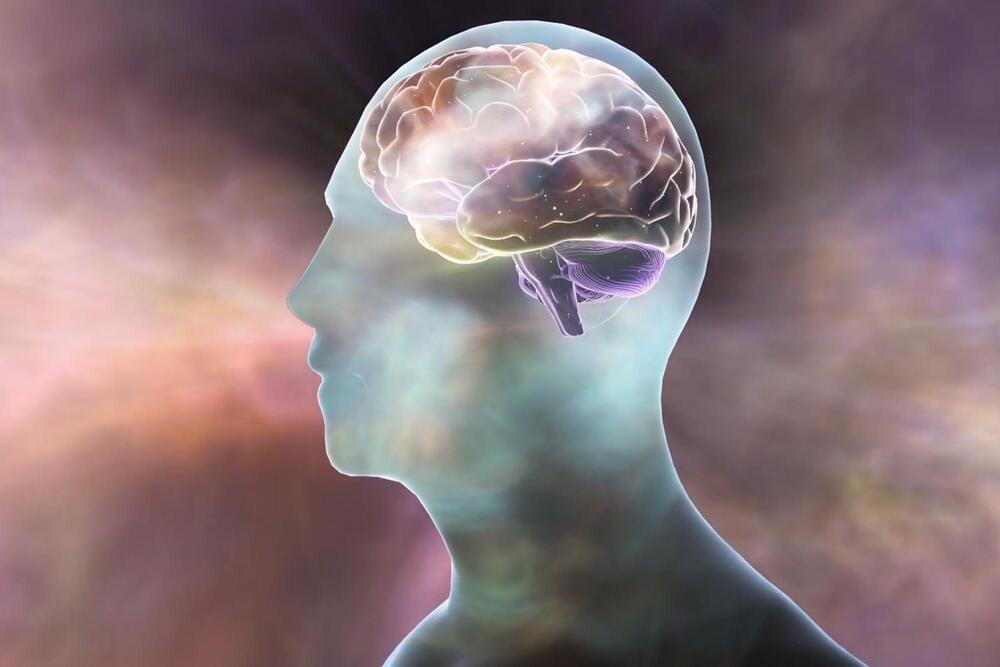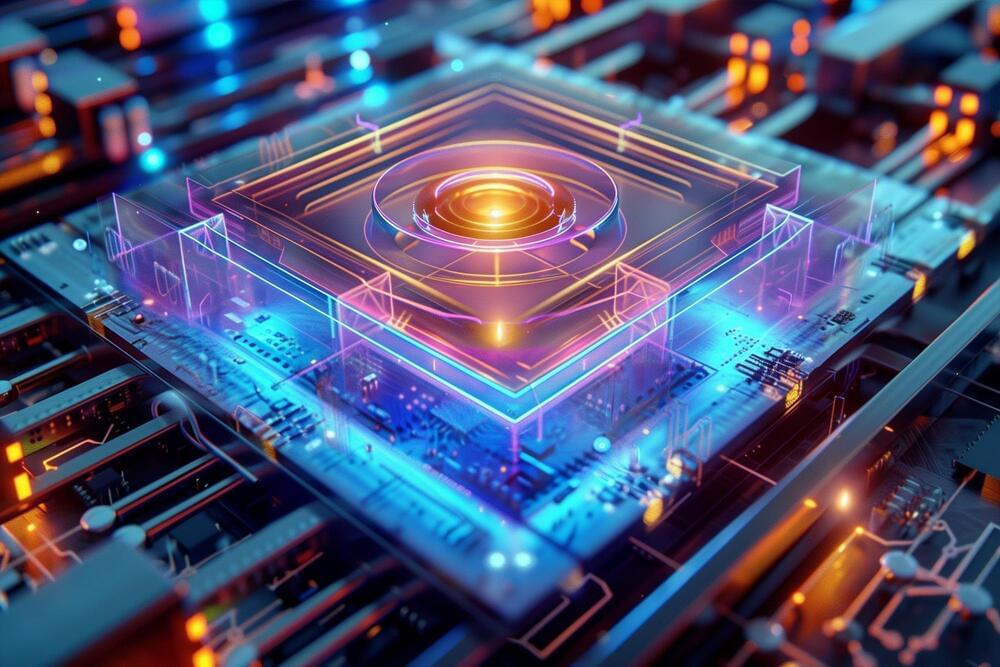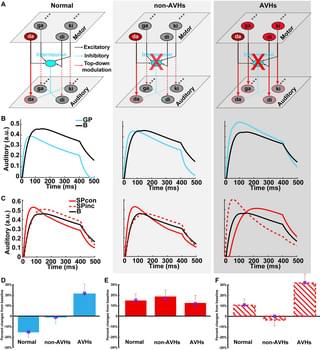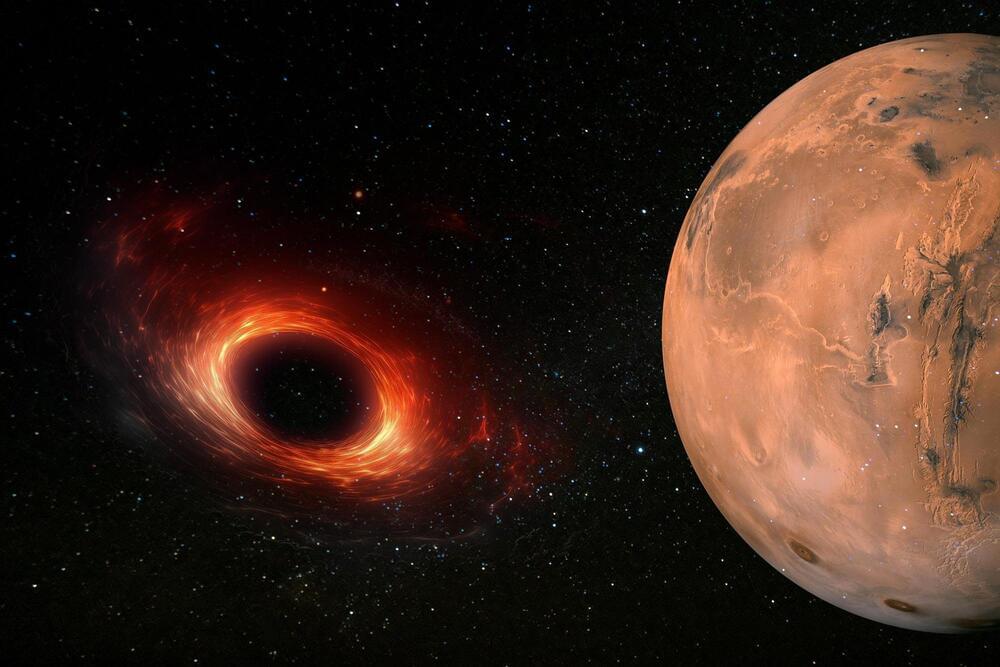Oct 5, 2024
Science Made Simple: What Are Light Sources?
Posted by Saúl Morales Rodriguéz in categories: biotech/medical, nanotechnology, science
Light sources, a form of particle accelerator, produce powerful beams of X-rays and other spectrums, enabling scientists to peer into the microscopic structure of materials without physically altering them.
These machines differ from other accelerators as they use oscillating magnetic fields to generate light directly. They play a crucial role across various scientific fields, from studying atomic structures with hard X-rays to examining electronic structures with terahertz waves.
Light sources are a type of particle accelerator that produce powerful beams of X-rays, ultra-violet, or infrared light. These beams are similar to how holding an envelope in front of a bright light can reveal something about what’s inside the envelope. But by using special types of light vastly more powerful than the X-ray machine in a doctor’s office, these light sources help scientists see inside matter. It’s like seeing inside an envelope without opening it. This gives scientists the power to reveal how materials behave at microscopic or nanoscale sizes as well as at ultrafast speeds.

